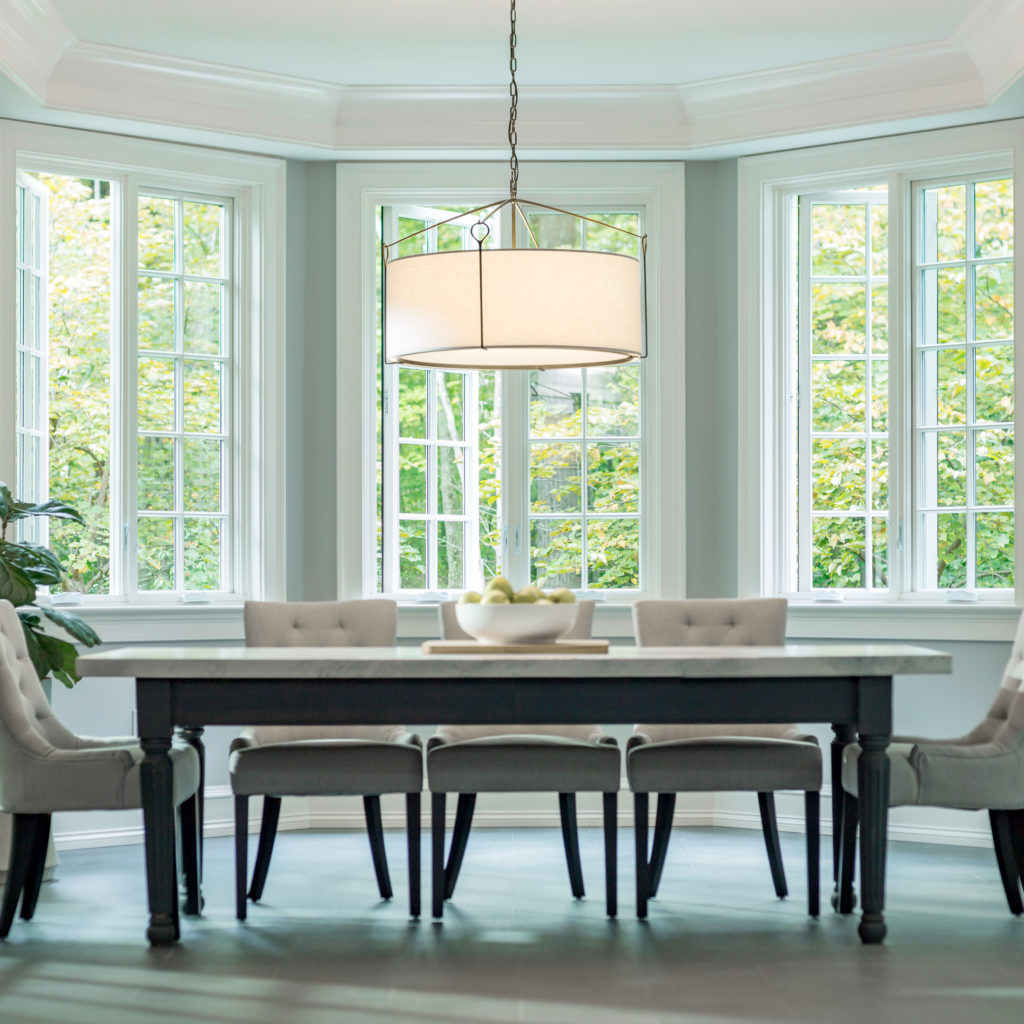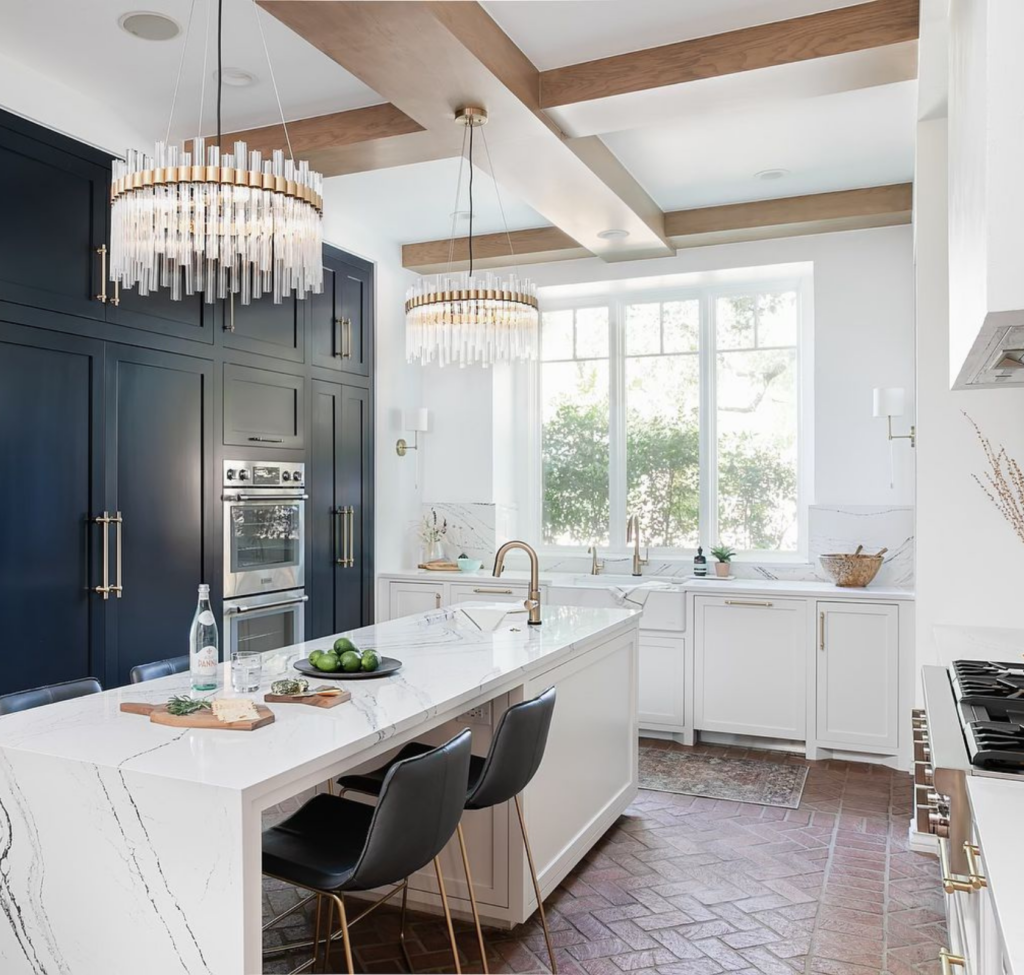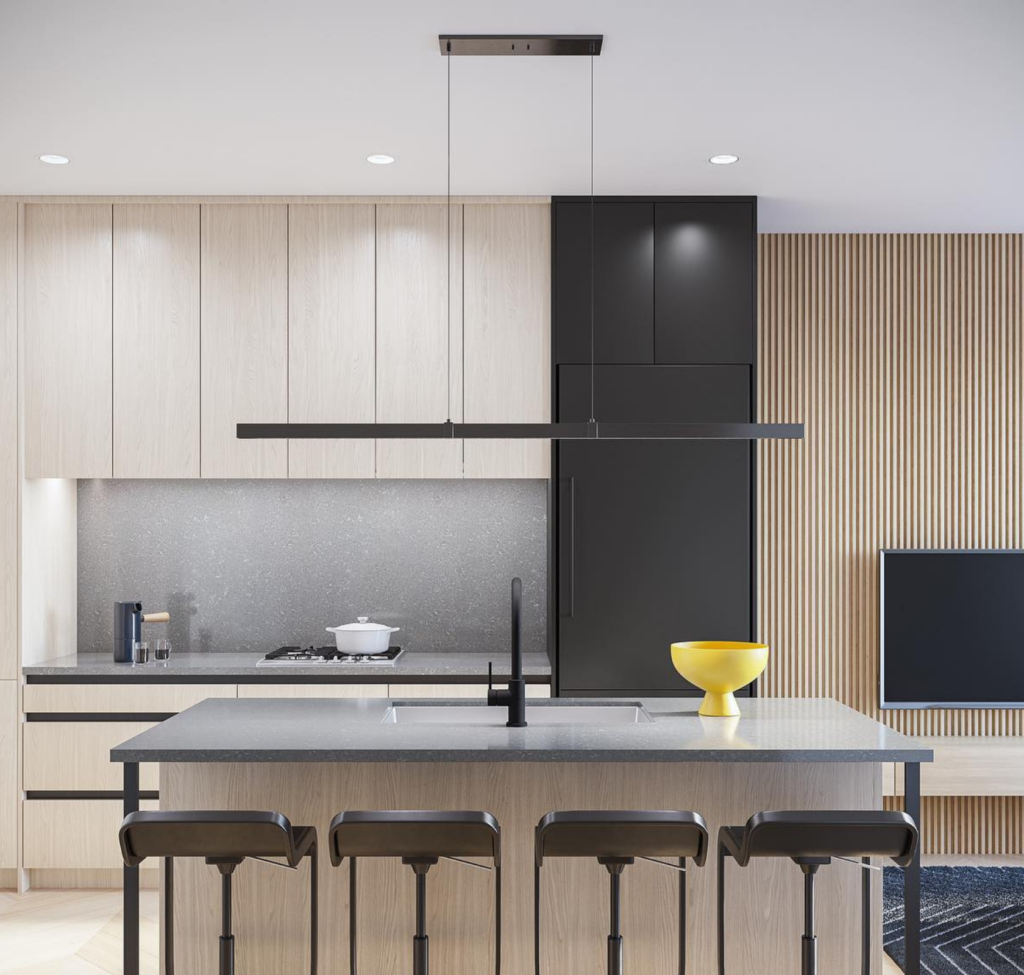Free Ground Shipping on Orders Over $49 Details & Exclusions Excludes Curb Side Delivery (LTL). Lower 48 United States Only. • NEW! Shop The Winter Lookbook
Nov 12, 2019
7 Dining Room Lighting Ideas & Tips for the Holidays

The holiday season is like an open house, with guests constantly coming and going. The only time you get to hit pause is when everyone sits down for dinner.
Enjoying a sumptuous spread is the highlight of the holidays. The memories you make around the table are the ones your friends and family hold onto. That’s why it’s so important to spruce up your dining room before the chaos ensues.
The simplest way to freshen this space is by bringing in new dining room lighting ideas. With just one major accessory, you can show off your personality and add layers of warmth to your home.
Determining Your Dining Room Lighting Style
The first thing you need to do is take a moment to envision your ideal holiday get-together. Do you see orange pumpkins, plaid napkins, and gold candlesticks sprinkled around your dining room table? Or, are you dreaming of a white holiday with trendy brass silverware and nothing but a linen table runner to cover your table? The images that resonate best will help determine the style of lighting that complements your home.
That being said, certain types of fixtures are better suited for specific design styles. Chandeliers, for instance, are innately formal. If you’re not sure exactly where to start your search, use the examples below to guide you toward the perfect dining room lighting.
Chandeliers
Because of their sheer size and opulence, chandeliers are categorically formal. Their ornate details and often dark, distressed metals make for the most quintessential traditional lighting fixtures. They dress well with heavy wood furniture and antique silverware.
Chandeliers also tend to provide a low level of light, providing subtle rather than glaring illumination. This helps set the mood, making your holiday dinner feel quiet and intimate.
Top picks for dining room chandeliers:

Feiss Cascade by Generation Lighting
Is it an antique imitator or a beach-cottage accessory? The Feiss Cascade Chandelier offers a little taste of both, actually. The curly finials and heritage bronze finish are a striking contrast to the seashell-inspired beadwork. Yet, the juxtaposition works, because it creates a dining room fixture that is dripping in elegance.

Genzano by Schonbek
If you want your guests to take the holidays seriously, buy over-the-top bouquets, prepare for a multi-course meal on your finest china and hang the gold-encrusted Genzano Chandelier above your dining room table. Every detail is so fine, it looks like a real flower is blooming right before your eyes. If that weren’t enough, Schonbek added clear Swarovski Spectra crystals to scatter rainbow prisms all around, reflecting off your stemware.
Pendants
Pendant lights come in a variety of different shapes, forms, finishes, and sizes, which means they can adapt to any design style. Modern and contemporary homes, however, may gravitate to pendant lighting more so than ones with a traditional style. That’s because these fixtures tend to have streamlined structures with less fluff and fewer flourishes.
While there are plenty of oversized pendants to fill a large dining room, the pendant is well suited for small spaces. The creative freedom they embody means they speak louder with less physical volume.
Pro tip: You can use multiple pendant lights to spread light across a rectangular table.
Examples of dining room pendant lights:

Pulse by Corbett Lighting
The Pulse Pendant instantly warms your home, thanks to the yellow-gold leaf finish and 16 mighty light bulbs. Even with the lights off, though, you’ll notice the random mesh folds. They look like a soft, poufy ball of tissue paper covering a gift that you’re anxiously waiting to unwrap. Let this joyful pendant be the focal point in a contemporary dining room with jewel-toned walls.

Bow by Hubbardton Forge
Even within such a simple design, you’ll find a lot of standard modern features that complement neutral color palettes and lightweight décor. In fact, minimalism is one of the Bow Pendant’s greatest assets. You may also notice it has a keen sense of geometry – from the circling linen drum shade to the clean, straight lines that slice it into pieces. You can’t mistake this fixture for anything but modern dining room lighting at its best.

Platinum Collection Valla by Quoizel
Just because you lean on neutrals and avoid clutter doesn’t mean your holiday dinner table will be boring. The Valla Pendant is a ball of energy with its polished chrome finish and intricate crystals staggered all around. It will brighten the mood and spark lively conversation without you having to say a word.
Linear Suspension Lights
By design, linear suspension lights are one of the most practical dining room lighting choices you can make. Just one of these pieces does as much work as several ceiling lights hanging in a row. If you don’t have the space for accent lights or prefer to only have one fixture in your dining room, a linear suspension light will sufficiently serve as your primary light source.
From a design perspective, these fixtures are naturally more simplistic. You won’t find any layered beading or extra curves here. Linear suspension lights are endearingly sleek and sophisticated – perfect for a modern or contemporary dining room.
Pro tip: Proportions matter. Linear suspension lights should only be about one-third to two-thirds the length of your dining table.
Our favorite linear dining room lights:

Feiss Thayer by Generation Lighting
The more the merrier may apply to your guest list, but not with your dining room lighting. The Feiss Thayer Linear Suspension Light proves that you can accomplish more with less. Even using less material, less weight and less detail, this well-crafted, open metal cage spreads light across 49 inches of real estate. Choose from three different finishes, including the antique guild, which adds texture to a contemporary setting.

Gemma by Frederick Ramone
Sometimes, you need a touch of sparkle to finish the ensemble. While you could add chrome candlesticks or a mirrored serving platter, the Gemma Linear Suspension Light is a much more powerful way to amplify the elegance. The rows of rectangular prisms bounce light in all directions, while the warm bronze finish keeps the look grounded. It’s a nice balance that pays off with rustic elements as well as sophisticated modern design.
5 Tips to Measure and Hang Your Dining Room Lighting
Now that you’ve nailed down your personal design style, you can focus on a few universal facts. For dining room lighting to have the ideal impact on your holiday décor scheme, the fixtures must be properly hung and proportionally aligned.
Pick the right center: If you think about it, most tables are not situated in the dead-center of the dining room. There might be a bar cart off to the side or a buffet table pushed up against one wall. These extra furnishings adjust the true center of your dining room. So, to be safe, always position your pendant or chandelier over the center of your table – not the center of the room itself.
Account for clearance: If your dining room has standard eight-foot ceilings, measure 33 inches above your table. You need at least 33 inches of clearance between the bottom of your pendant or chandelier and the top of your dining room table. It should not hang down any lower than that.
Clear the edges: Your light fixture should not overwhelm your dining room table or the guests that are seated at it. One way to avoid this is to make sure your central light does not crowd the eating space. The edge of the fixture should be at least six inches from the edge of your table – regardless of its shape and size.
Coordinate shapes: If you’re trying to decide between two fixtures with different shapes, go with the one that mimics the shape of your dining room table. You can’t go wrong coordinating. It creates a design that is soft, fluid and is, all around, visually appealing. That’s why a linear suspension looks great over a long table and a chandelier flatters a round one. You can also get creative and arrange an odd-number of pendant lights to complement the shape of your table.
Install a dimmer: Dimmers are worth the extra investment, because they give you complete control over the exact temperature of your lighting. Most fixtures that take halogen or incandescent bulbs can be fitted with a dimmer switch. Many LED fixtures are also dimmable, but you may need to use a specialized dimmer. Check with the manufacturer to be certain.
Eat up the Accolades
It may seem like a drastic measure to take, but changing your dining room lighting is icing on the cake (or, whipped cream on the pumpkin pie). It’s the defining piece that sets the mood and enhances your décor. It’s worth taking the time to find the right piece and follow these tips for proper sizing and placement. When your vision finally comes together, it’s one of the most rewarding moments you’ll get all year – next to having your family home for the holidays, of course.



